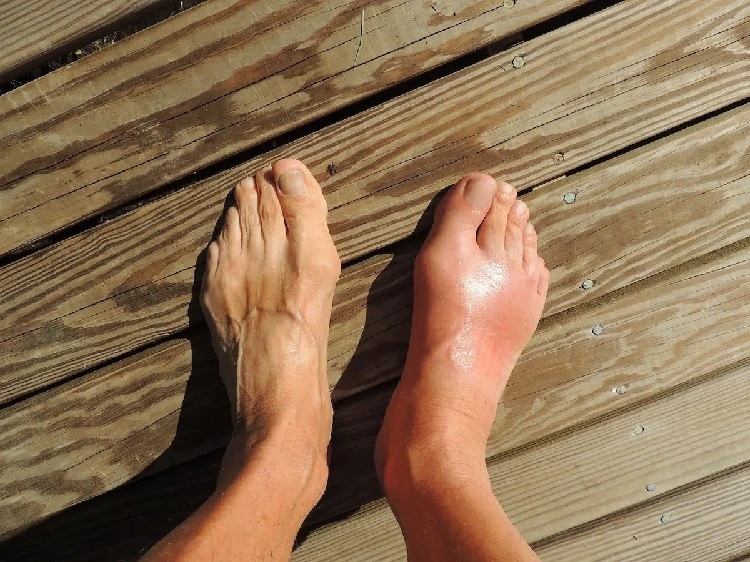Have you experienced swelling on your legs or ankles? Is there dimpling when you push the swollen area with your finger? This could be edema. Swelling from edema can either be mild or severe and could lead to trouble walking.
Some patients report severe symptoms that inhibit them from doing their daily activities. Unfortunately, all you can think of as a patient of edema is how to treat this condition. There are non-invasive treatment options and also invasive options, all of which are at the discretion of your doctor. Here’s more about edema, its symptoms, and different treatment methods.
What is Edema?
Edema is a medical term that defines swelling caused by fluid collection in spaces surrounding body tissues and organs. Edema often happens in your feet, legs and ankles but can also affect your body parts such as hands, face and abdomen.
It can affect anyone, especially pregnant women and adults 65 years or older. Edema will cause parts of your body to swell, thus preventing you from completing your daily tasks. However, simple lifestyle changes like elevating your swollen leg can reduce the swelling.
However, edema may sometimes be a symptom of an underlying health condition; hence, you must visit your doctor for further diagnosis.
What are the Symptoms of Edema?
The most common symptom is swelling in your body. Swelling occurs when part of your body gets bigger because fluids build up in your tissues. Other symptoms include:
- Difficulty walking due to swollen legs or ankles
- Tightness in the swollen body part
- The skin over the swollen area is stretched and shiny
- Mild pain or soreness in the affected area
- Difficult breathing
How to Treat Edema
Edema treatment varies depending on the underlying cause. The treatment plan may include the following:
- Reducing salt in your diet
Sodium, found in table salt and processed foods, worsens edema. A doctor will advise you depending on the diagnosis they offer you. Doctors advise patients on diuretic medication to reduce their sodium intake.
- Diuretics
This medication causes the kidneys to excrete more sodium and water, which in turn reduces edema. It’s important that you follow your doctor’s guidelines and use the medication with care.
This is because removing too much fluid can lower blood pressure, cause lightheadedness, and impair kidney function.
- Compression stockings
Leg edema is treatable using compression stockings. They are available in different heights; knee-high, thigh-high or pantyhose. The best compression stockings apply pressure at the ankles, thus decreasing pressure on the leg.
- Body Positioning
Edema related to pregnancy is not treatable. A pregnant woman must follow home remedies to follow to help the swelling reduce. This may include elevating their legs several times a day.
Edema is not a serious health condition but can be quite uncomfortable. Mild edema is treatable by simple home remedies that involve exercising and eating healthy diets. However, if these remedies do not help the situation or you experience difficulty breathing, you must visit a doctor.
A doctor will give you a proper diagnosis and also give you proper treatment to help you feel better. Whichever treatment the doctor advises, ensure that you follow through with it.


